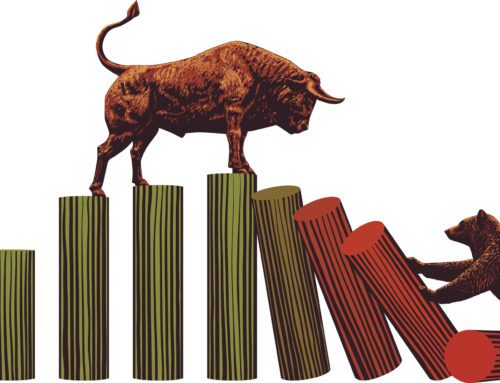 This has been a summer to remember for its pleasant weather thus far. But this week, more normal, higher temperatures are returning. In a similar way, earlier summer stock prices rose to new highs, but last week the indexes jolted us back to reality. Even bull markets do not travel forever in straight lines.
This has been a summer to remember for its pleasant weather thus far. But this week, more normal, higher temperatures are returning. In a similar way, earlier summer stock prices rose to new highs, but last week the indexes jolted us back to reality. Even bull markets do not travel forever in straight lines.
As I have mentioned before, statistically the second and third quarters of any mid-term election year are the most likely period for a pullback, correction, or whatever term you prefer. The bigger questions are always How much? How long? Is this a trend changer?
From the longer term perspective, remember that the year’s results could already be much worse. The market failed the January test, a predictor that the rest of the year will be bearish or lackluster at best. However, that possibility now seems unlikely since the S&P 500 and Nasdaq 100 are higher through Monday, the 4th, by 4.9 and 8.3 percent respectively. The Dow Jones Industrial average on the other hand is flat at -.04 percent year to date.
The fact that stocks have not fallen much further is indicative of strong base of support. Generally when you have a shooting war in Ukraine and Israel, jets shot down or crashing, and yet another South American country in bankruptcy—Mr. Market falls in a fast and furious manner. Not thus far in this case.
The most troublesome observation I have is that small cap companies have lost their edge. The Russell 2000 index is now negative year-to-date at minus 3.34 percent, but it is still higher than its lows reached in February and again in May. Frankly, a breather was overdue since the index has risen over 70 percent since August of 2011 when the last major stock drop occurred.
The more important indicator is the S&P 500. You can take some comfort from the fact that it rose for four months in a row until July. In the past 20 years, July has only been positive 45 percent of the time. August has had a better probability of gain, but the average return has been minus .89 percent. That is the worst average monthly return during that two decades experience. Thus, when the month has had a loss, it has obviously been greater in scope.
Perhaps the best stat to make us feel better is this. Over that same 20 year period, when the monthly win streak ends, the next month, next 3 and 6 months—all were positive 85 percent of those occasions. The average 6 month return was 7.9 percent. You will probably be much relieved if your equities are higher by some similar amount six months from now.
Remember that price fluctuation is actually your friend. If market gains were guaranteed, the gains would be much more like the rent on bank money now, .1 percent. The current bull market has climbed numerous walls of worry and adjusted so far with minor pullbacks of a few percent here and there. I don’t currently see much to worry about domestically. Corporations are still cautiously growing sales and profits.
If WWIII breaks out in Eastern Europe, all short term positive bets are off. Until then, one could carefully weed out underperformers and improve in anticipation of the typical good fourth quarter investing climate.
(Past performance is no guarantee of future results. Advice is intended to be general in nature. The 20 year statistics obtained from Rocky White’s column, August & Monthly Win Streaks Snapped, www.schaeffersresearch.com. Others from TC2000, Worden Brothers, Inc., 2014.)





